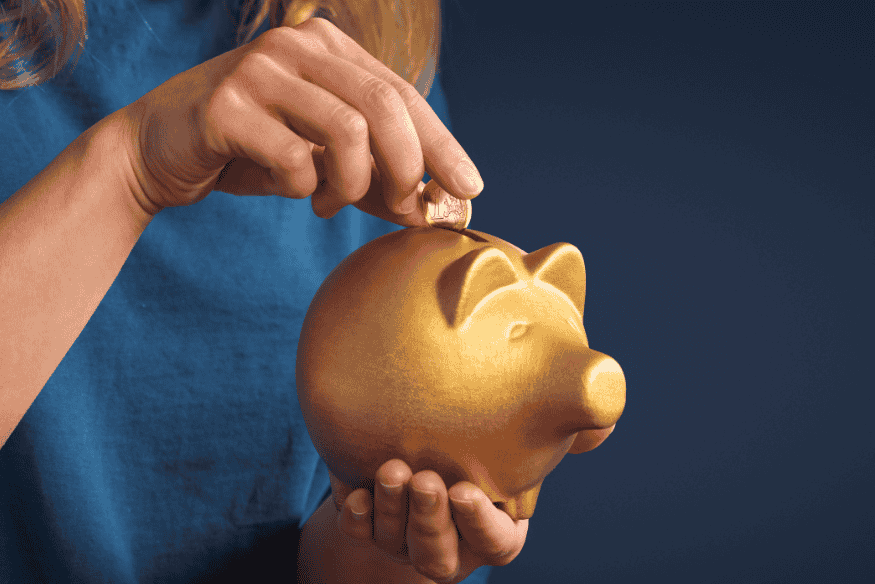Many banks promote attractive rewards programs and perks to attract customers. From cashback offers to free travel insurance, these benefits seem like a great deal. However, upon closer examination, many of these rewards come with hidden limitations, conditions, and costs that reduce their actual value. Before relying on your bank’s reward programs, it’s important to understand how they work and whether they truly benefit you.
How Bank Rewards and Perks Work
Banks use rewards and perks as marketing strategies to retain customers and encourage more transactions. The most common types of rewards include:
- Cashback Programs – A percentage of your purchases is credited back to your account.
- Travel Perks – Free airport lounge access, travel insurance, or airline miles.
- Discounts on Shopping and Dining – Special promotions and exclusive discounts.
- Interest Rate Benefits – Higher savings interest rates or lower loan rates.
While these benefits may appear attractive, they are often structured to favor the bank rather than the customer.
Common Hidden Downsides of Bank Rewards and Perks
1. High Fees That Offset the Benefits

Some banks charge higher fees to offset the rewards they offer. For example:
- Annual fees on premium credit cards may outweigh the cashback you earn.
- Savings accounts with bonus interest often require maintaining a high balance.
- ATM withdrawal or foreign transaction fees can cancel out travel benefits.
- Hidden service charges on transactions that accumulate over time.
2. Restrictions and Expiry Dates
- Some cashback programs only apply to certain purchases or merchants.
- Rewards points may expire if not used within a specific timeframe.
- Travel perks might require booking through specific platforms, limiting flexibility.
- Some promotional interest rates drop significantly after an initial period.
3. Minimum Spending Requirements
- Many cashback and rewards programs require a minimum monthly spend.
- If you spend less than required, you may not qualify for the advertised benefits.
- This can lead to unnecessary spending just to earn rewards.
- Some banks require specific types of transactions (e.g., online shopping only) to count toward rewards.
4. Lower Real Value Than Advertised
- Some points-based rewards programs have low redemption values.
- Travel perks may exclude peak seasons or have blackout dates.
- Cashback percentages may be lower for certain categories, like groceries or utilities.
- Rewards catalogs may have inflated prices, reducing the actual benefit of points.
5. Changing Terms and Conditions
- Many banks alter their reward structures, making it harder to earn points or cashback.
- Interest rate perks may be reduced based on broader economic factors or internal policies.
- Some banks discontinue popular benefits without proper notice to customers.
How to Evaluate If a Bank’s Rewards Are Worth It
Before signing up for a bank’s reward program, consider the following:
- Do the rewards match your spending habits? If you don’t frequently travel, airline miles won’t be useful.
- Are there hidden costs? Check for fees that could reduce the value of the perks.
- Can you realistically meet the spending requirements? If not, you may not fully benefit from the program.
- Are the rewards flexible? Perks that require using specific merchants or platforms may not be as valuable.
- How often do the terms change? Check the history of the rewards program to see if benefits have been cut before.
- Are the rewards actually achievable? Some programs make it extremely difficult to accumulate points or cashback before expiration.
Alternatives to Bank Rewards Programs

If your bank’s rewards program isn’t delivering real value, consider other options:
- Independent cashback apps – Some platforms offer higher cashback than bank programs.
- No-fee credit cards – Instead of paying annual fees for rewards, choose a card with no fees and reasonable perks.
- Higher interest savings accounts – Rather than relying on reward-based savings bonuses, find accounts with consistently better rates.
- Loyalty programs from retailers – Some retail chains offer better rewards than banks for frequent purchases.
- Investment options with better returns – Instead of chasing minimal cashback, investing in high-yield accounts or stocks may provide greater benefits.
Real-Life Scenarios: When Bank Rewards Fail to Deliver
To illustrate the pitfalls of banking rewards, here are some real-life examples:
Case 1: The High-Fee Cashback Card
A customer signs up for a credit card offering 5% cashback on groceries. However, the card has a $150 annual fee, and cashback is capped at $20 per month. Over the year, the customer earns only $240 in cashback but pays $150 in fees, making the net benefit minimal.
Case 2: The Travel Rewards Trap
A frequent traveler chooses a bank that offers free lounge access and travel insurance. However, they later discover that the travel insurance only applies when booking tickets through the bank’s expensive travel portal, and lounge access is limited to select airports. The actual value of the perks is much lower than expected.
Case 3: The Expiring Reward Points
A customer diligently accumulates reward points for two years, hoping to redeem them for an expensive item. When they finally reach the required points, they find out that a portion of their points has expired, forcing them to either settle for a lower-value item or continue spending to reach the target again.
The Psychology Behind Bank Rewards
Banks design reward programs to encourage customers to spend more and remain loyal. Some psychological tactics used include:
- Delayed gratification: Requiring customers to accumulate points over time, which increases spending habits.
- Loss aversion: Customers fear losing their earned points and are willing to spend more to avoid expiration.
- Exclusivity appeal: Some rewards programs create a sense of prestige, making customers feel special despite the minimal real benefit.
The Future of Bank Rewards and Perks

As consumer awareness grows, banks may need to offer more transparent and valuable rewards to retain customers. Some possible changes include:
- More personalized rewards based on actual spending habits.
- Increased competition from fintech companies offering superior rewards with fewer conditions.
- Greater flexibility in redemption options, such as converting points into cash or direct bill payments.
- Regulatory interventions to ensure fair marketing practices in banking rewards.
Conclusion
Bank rewards and perks may seem appealing, but they often come with hidden conditions that reduce their real value. Instead of choosing a bank solely for its rewards, focus on low fees, good interest rates, and financial flexibility. By making informed decisions, you can maximize your financial benefits without falling for marketing gimmicks. Always read the fine print, assess your spending habits, and consider alternative financial products that may offer better long-term value.









